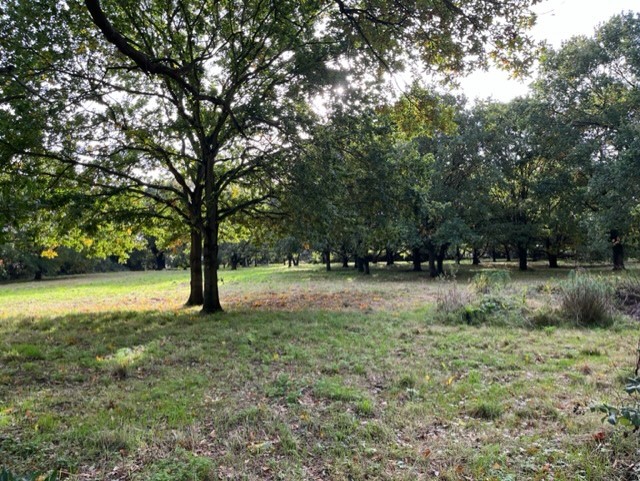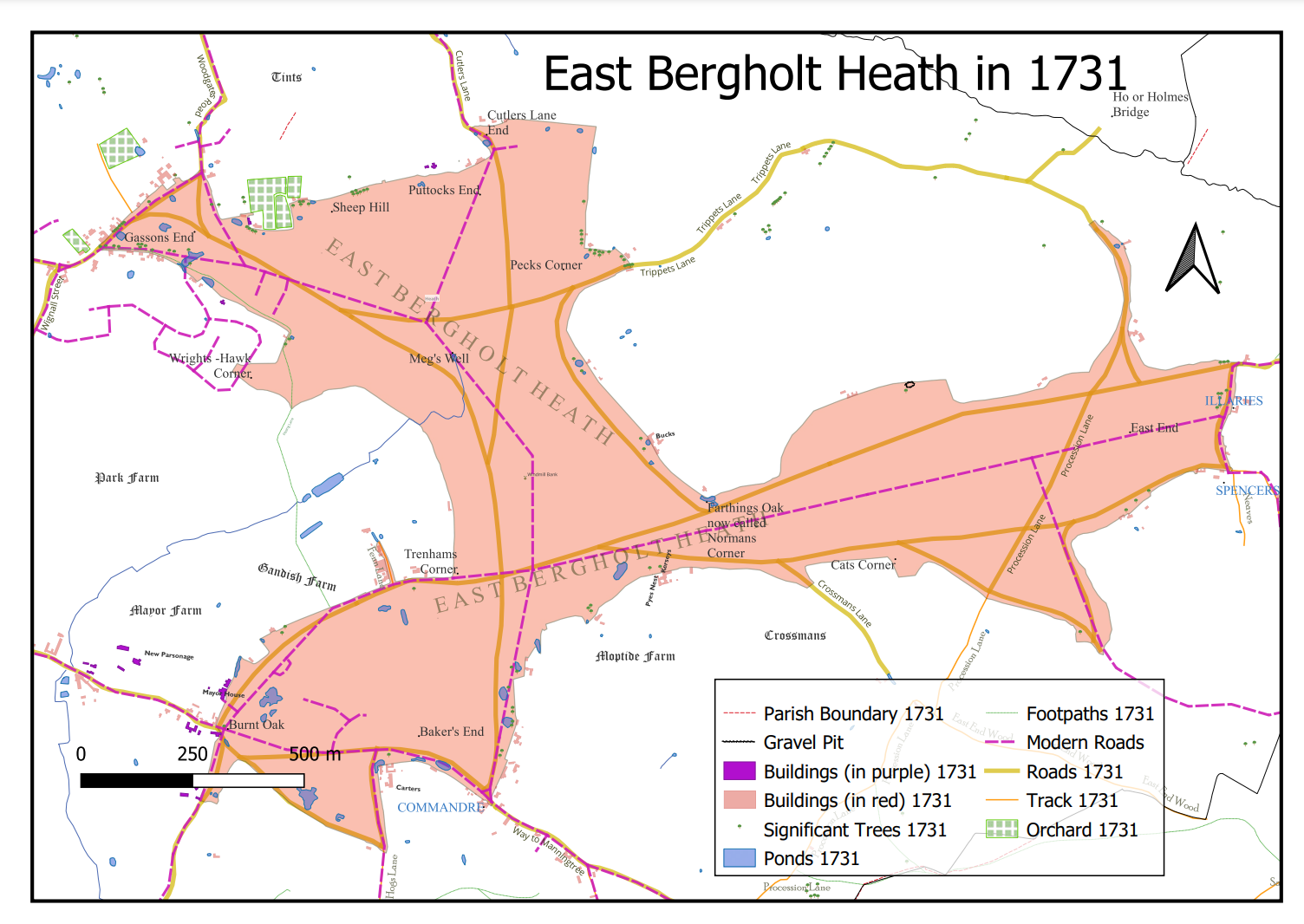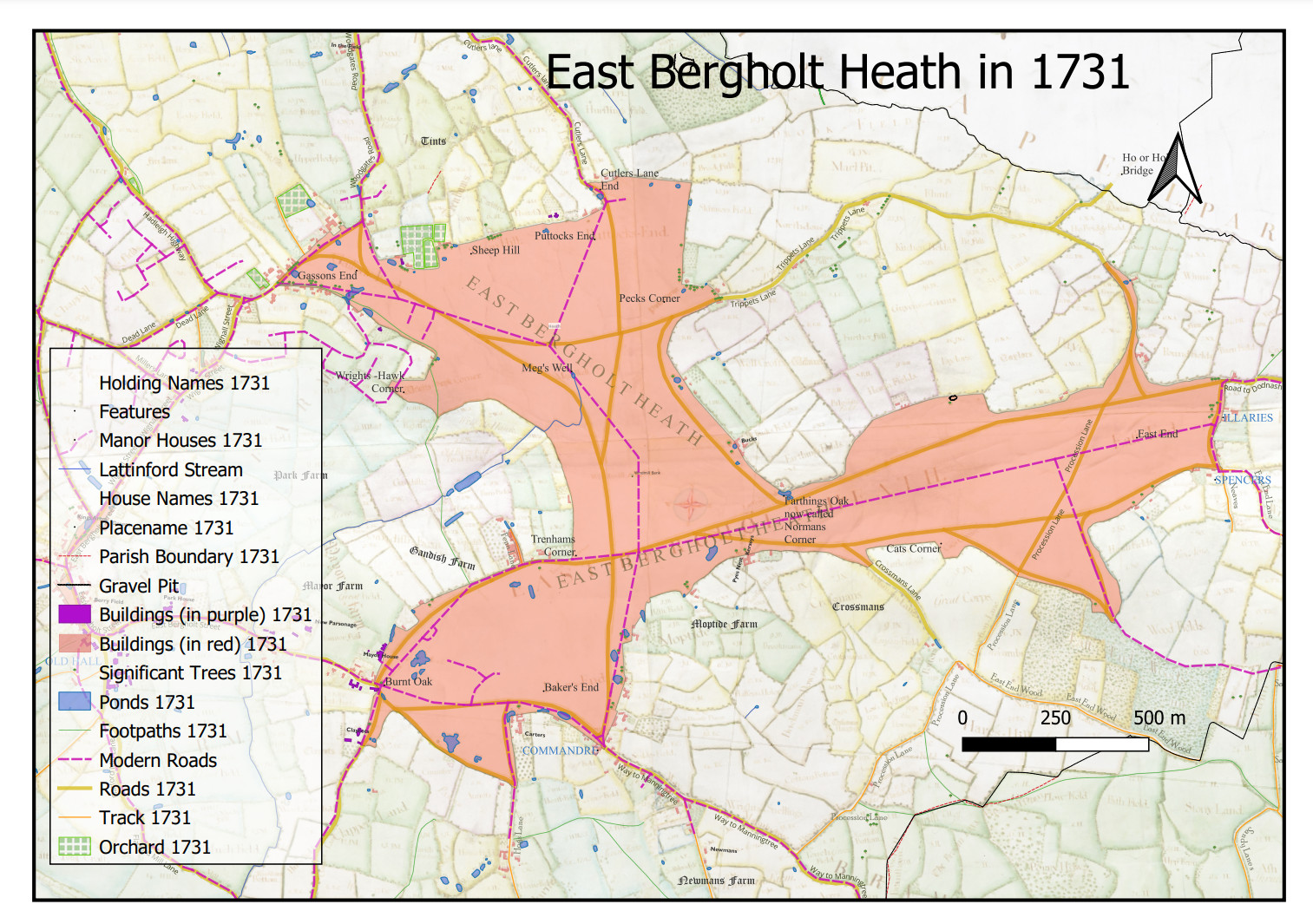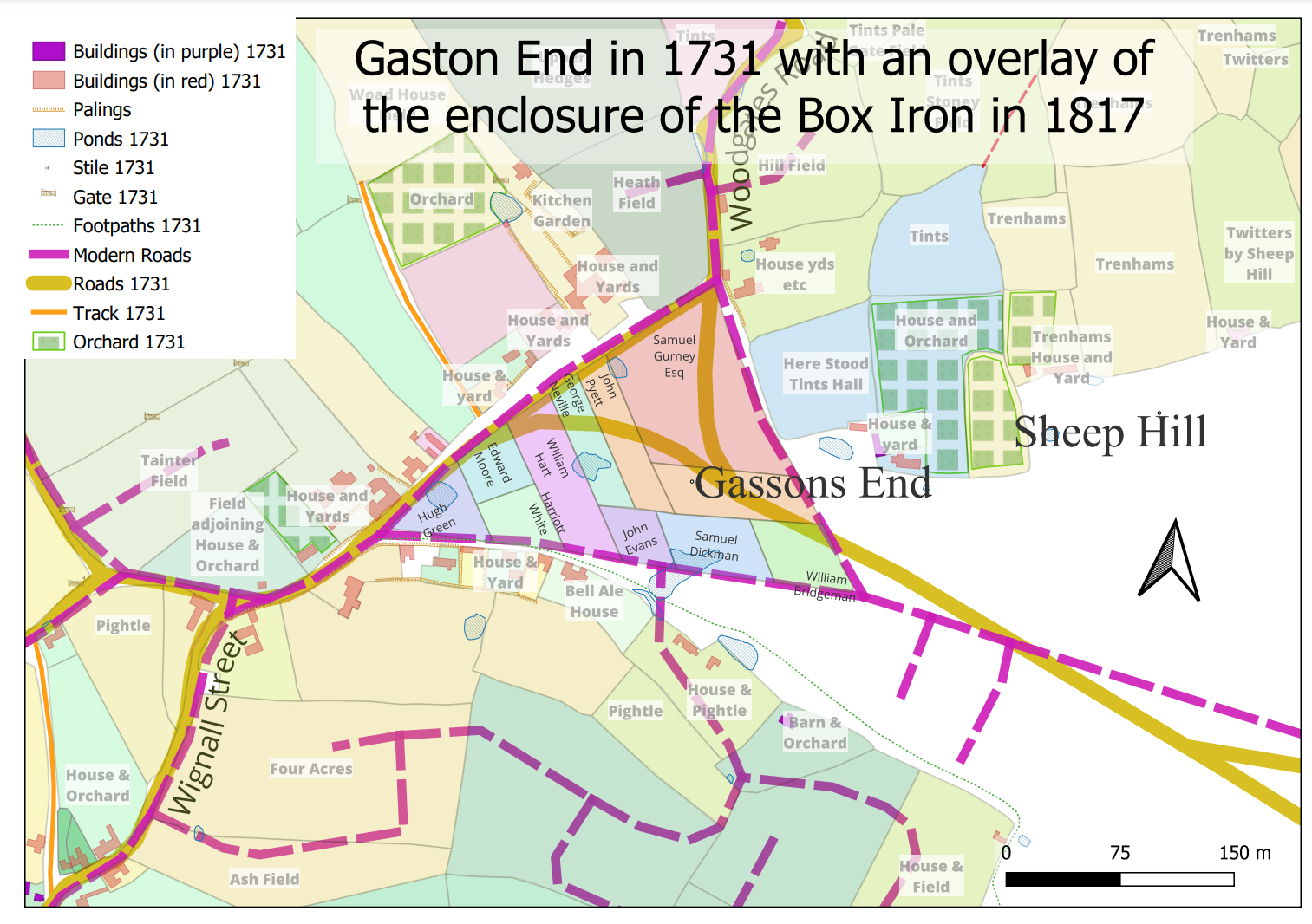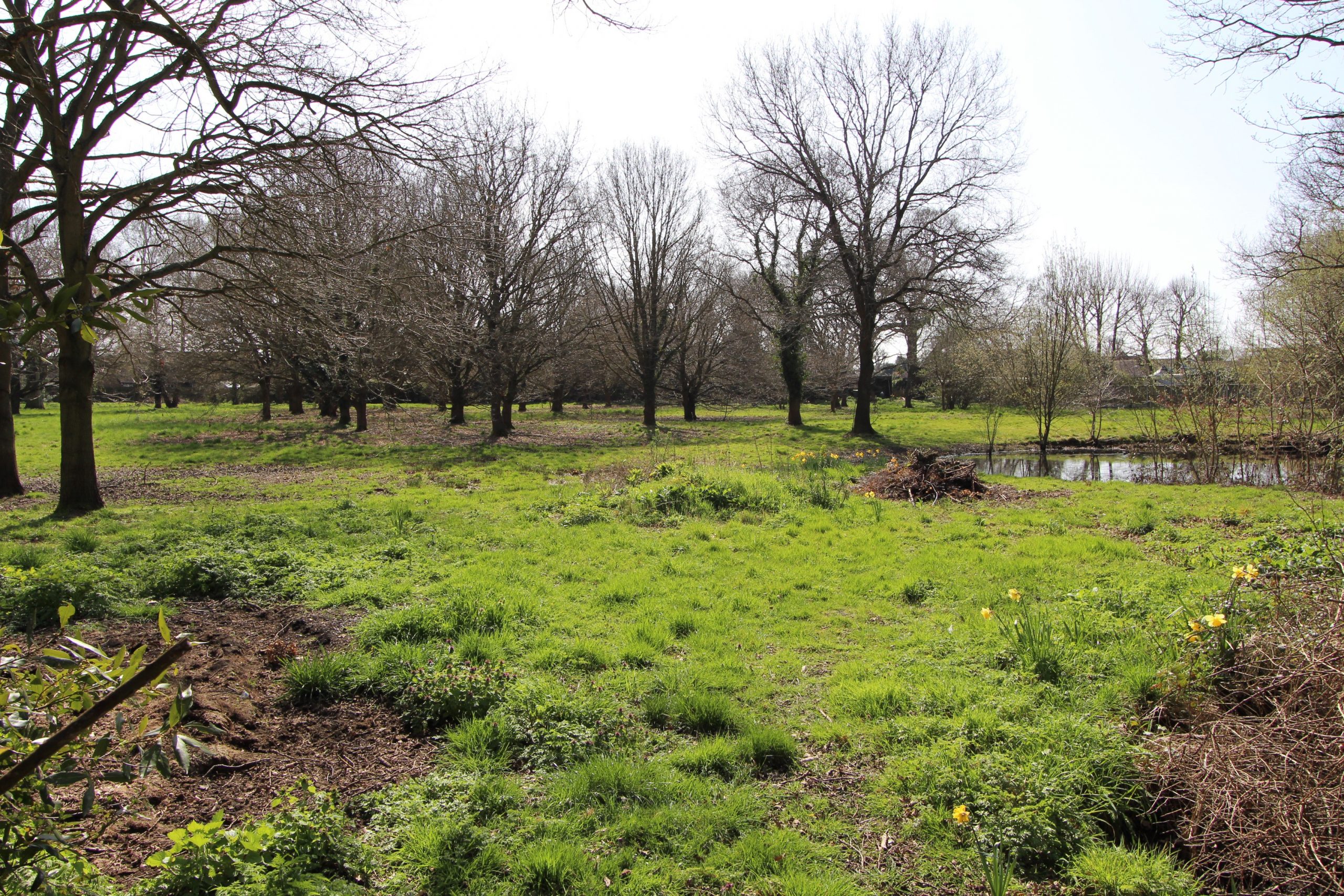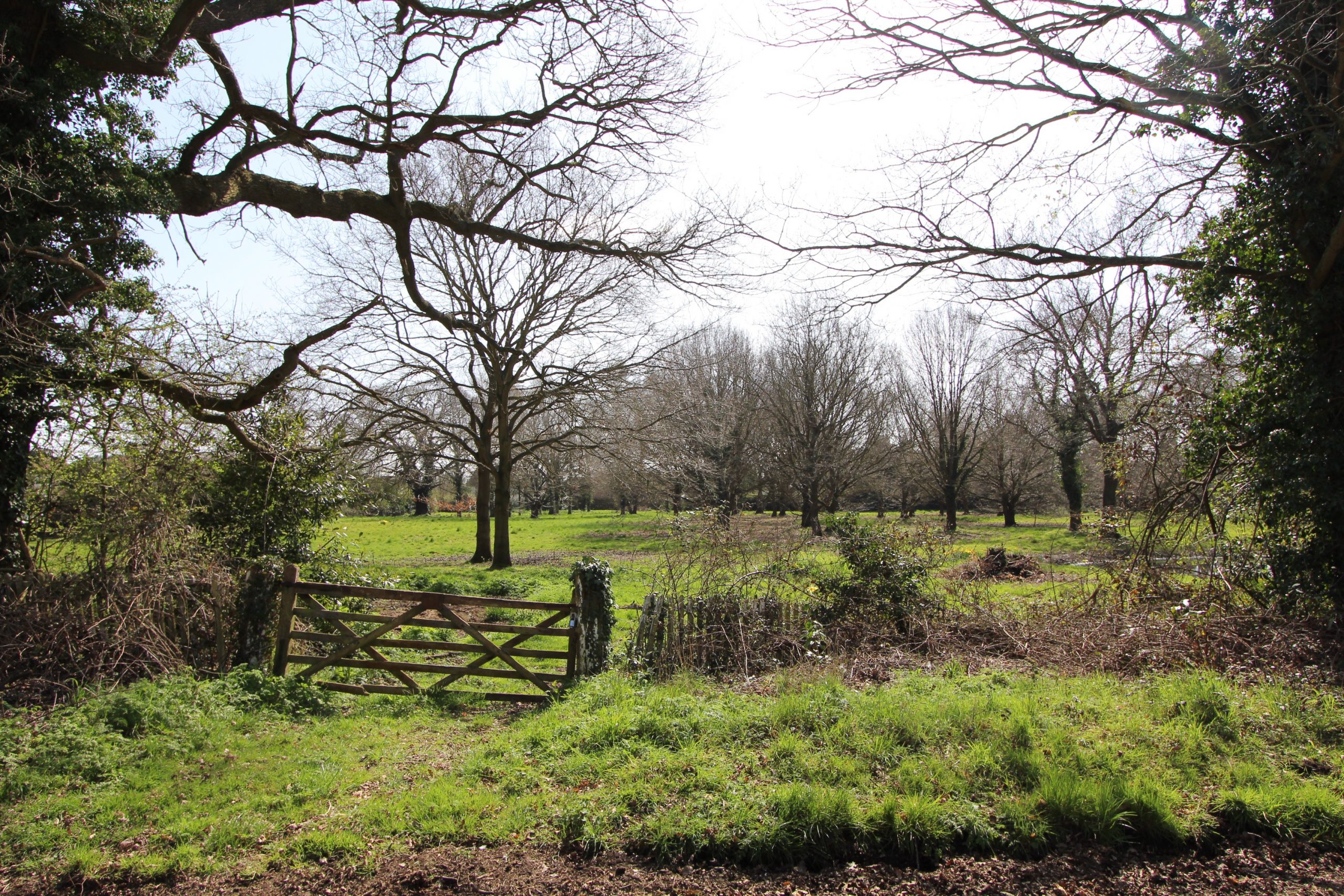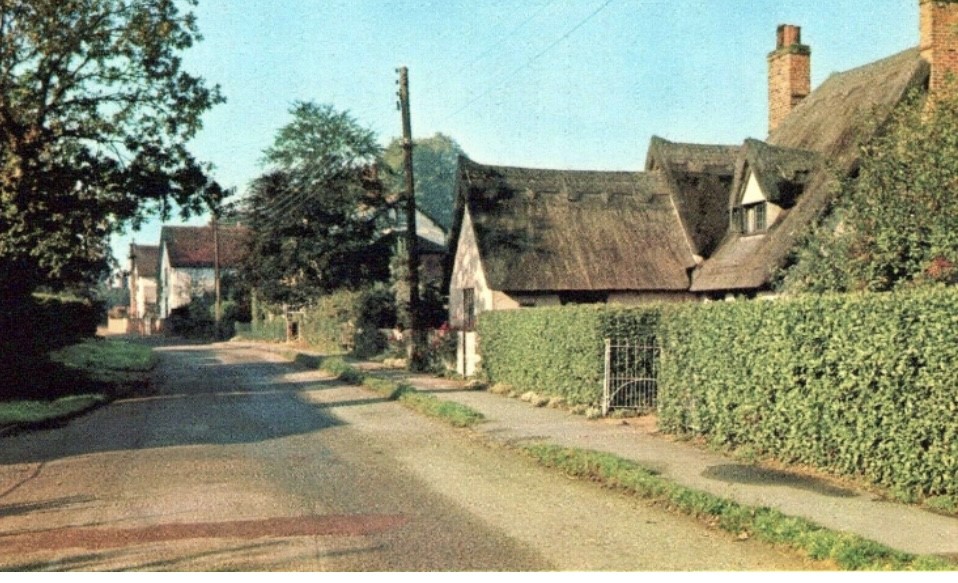The "Box Iron" at Risk
East Bergholt has a long and rich history dating back to before the Middle Ages. The village is clustered around an extensive heath that was common land supporting the local population until it was divided up amongst the existing landowners in the period of the legendary 18/19 Century Enclosures Acts. The famine that this caused led to the depopulation of the countryside with landless workers forced to seek employment in emerging industrial centres like Ipswich. The Box Iron remains an undeveloped and largely unchanged area of public heathland giving us a fascinating rearview mirror sense of what the village must have been like pre-Enclosures.
The Box Iron gives us a valuable insight into those pre-enclosures days. Although privately owned, it remains an area of undeveloped heath land, populated with wild meadows and huge oak trees.
As modern East Bergholt converts its open fields into rows of new houses, the Box Iron remains one of the last few open public areas in the village. areas. Sadly, East Bergholt’s famed bucolic past of rural idyl, as portrayed in John Constable’s wonderful landscapes, has now changed – East Bergholt having been reported as one of Babergh District’s villages most lacking in available public open spaces.
- 1
- The Box Iron - a last remaining public area of untamed heathland in East Bergholt
Details
EAST BERGHOLT HEATH AND THE BOX IRON
Some historical notes. An occasional series by The East Bergholt Society
Since before the Middle Ages the village of East Bergholt had its farms, houses, cottages and churches, clustered around an extensive heath which was “common land”. This extended over a vast Y-shaped area of high land between the River Stour to the south and Stutton Brook to the north.
This common grazing land allowed free access to owners of cattle and sheep (the wool-trade was very strong in Suffolk). The Heath was criss-crossed by path and tracks, which can be seen on William Brasier’s maps of 1731 and 1733. The Heath had “Ends” at its extremities with place names from Medieval times where small settlements grew as satellite hamlets to the centre of East Bergholt which was established around the Parish Church. These hamlets had names (some still in use) such as East End, Bakers End, Gastons End, Puttocks End, Gallows End and Pitts End.
Gastons End was a small cluster of houses and cottages around a triangular village green. The remains of this green, which was part of the Heath, can still be seen as a slightly reduced triangle of green open space called the Box Iron. It still has mature trees and the old village pond, and is bounded by Woodgates Road and Quintons Road, which still exhibits some of East Bergholt’s oldest listed houses. Quintons Road used to be called High Trees Road, and became the 7th designated “public road” in the village following the 1817 Enclosure (Heath Road was the 6th public road).
Piecemeal encroachment and enclosure of East Bergholt heath had taken place over many centuries, particularly since the fourteenth century when the Black Death forced a transformation of the feudal rural economy. In the eighteenth and nineteenth centuries enclosure began to take place in a more formal way as landowners sought to improve the efficiency of their holdings. This may well have been in response to the dramatic increase in population and the demands for food for the industrial areas brought about by the Industrial Revolution. One of the main mechanisms for enclosure in this period was by Act of Parliament whereby influential local landowners appointed commissioners to apportion any common land within the parish amongst existing land holders, each receiving, in the case of East Bergholt, an allocation of the former common heath in proportion to the size of their own land holdings. At the same time the commissioners rationalized the roads that formerly cut across the common heathland, creating the arrow straight sections of road that we see today. They also determined the course of footpaths and access tracks to the houses formerly stood on the edge of the common heath and that now lay surrounded by the new enclosures. The commissioners were scrupulous in their apportionment of the common land within the parish and there is little evidence that they were unfair in their work or swayed by the more influential owners to “adjust” their allotments. Whilst existing large landowners were able to increase the amount of land they owned quite dramatically, a whole stratum of landless society lost their rights of common grazing on the former heathland. The “Inclosure Act” [sic] for East Bergholt is dated 1817.
It has been argued that these enclosures ultimately lead to the depopulation of the countryside, with the landless workers seeking better employment in the industrial centres of the country. Many of the landowners of the smaller holdings could no longer make a living from their holdings without access to the common heathland and as a result much consolidation of holdings took place with the smaller tenements being acquired, over time, by their larger neighbours. This happened across the Heath and also to the triangular green at Gastons End. By the 1830’s village maps show the Box Iron divided up into separate ownerships, the largest being the Gurneys (East Anglian agricultural bankers who eventually became Barclays).
While some smaller owners built houses on two sides of the Box Iron, most of the green meadow was used for grazing cattle and horses, and remains in its natural state to this day. In living memory local children played various games on the land, gathered frog-spawn from the pond and came in school nature-study trips. This was mostly during the tenue of the Moore family, who ran High Trees Farm opposite for many decades.
Babergh District Council awarded the Box Iron the status of a Conservation Area in 1995, and it has also been designated an Area of Visual and Recreational Amenity (AVRA).
Elsewhere on the Heath in the early 19th century, the land was parcelled up and we even see one of John Constable’s most famous paintings “Spring: East Bergholt Common” in 1821 showing a farmer ploughing the land in front of his father’s windmill. Arable crops have obviously become more profitable than grazing sheep. Apart from a few footpaths (thank heavens for the Donkey Track!) the public can no longer be free to cross the Heath, except by the newly established thoroughfares such as Heath Road, Gandish Road and Straight Road.
Of all the villages in Babergh District, East Bergholt is one of the most lacking in available public open space. This sad state of affairs started with Enclosure over 200 years ago, and continues nowadays with large-scale house-building.
In November 2020, Heritage Collective produced for the village the “Historic Landscape Study of East Bergholt and the Cultural Legacy of John Constable” to great acclaim. The report raised the profile and importance of the remaining heathland areas. They should be treasured and protected for farmland and public amenity and not built on. Or East Bergholt will forever lose part of its history.
John Lyall and Adrian James on behalf of The East Bergholt Society November 2023
- 1
- The Box Iron - a last remaining public area of untamed heathland in East Bergholt

